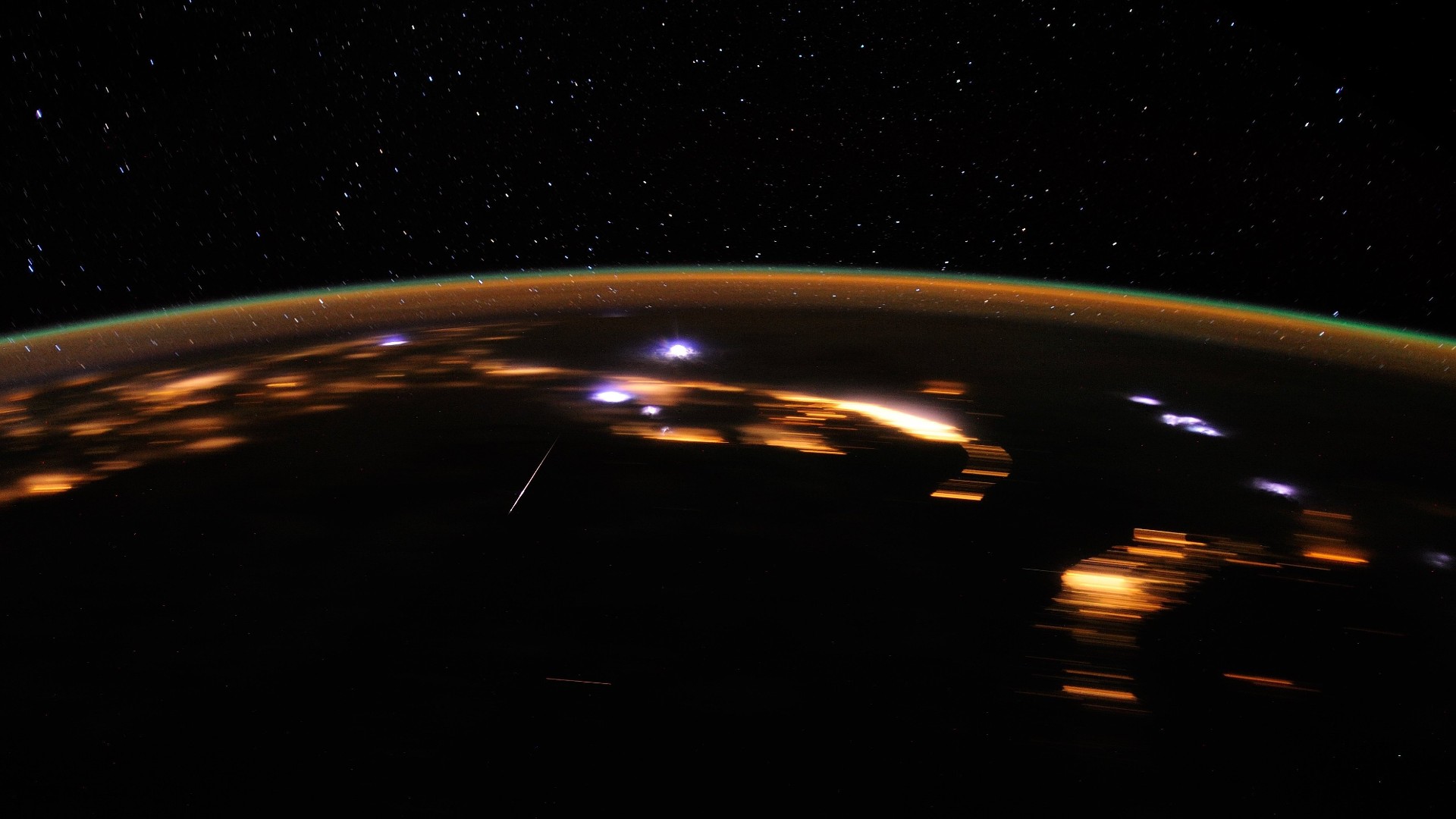Lyrid meteor shower: How to watch 'fireballs' drop to Earth during the annual shower's peak this week
The annual Lyrid meteor shower peaks from April 22 to 24. Here’s how to watch the "shooting star" spectacle.

The annual Lyrid meteor shower will peak this weekend, and the mostly moonless skies will make it a great time to spot fireballs, bright meteors visible for a few seconds.
The second meteor shower of 2023 after January's Quadrantids, the Lyrids are expected to peak at 9:04 p.m. EDT on Saturday (April 22) (0106 GMT on Sunday, April 23), according to EarthSky. At that time, Lyra, the constellation the Lyrids appear to come from, will be highest in the night sky as seen from Europe and Africa.
That peak occurs at 9:06 EDT, so viewers in North America should be on the lookout anytime after dark on Saturday, though more "shooting stars" may be observed closer to midnight as Lyra rises higher into the night sky. They can be seen anywhere in the night sky.
However, no matter where you're located, it will be worth looking for meteors immediately after sunset on Saturday, to glimpse another splendid sight: the slim crescent moon hanging just below the bright planet Venus in the west.
Around 18 "shooting stars" per hour are expected during the peak, each with a velocity of around 29 miles per second (47 kilometers per second), according to the American Meteor Society, which calls the Lyrids a medium-strength shower that can produce fireballs. Fireballs are caused by meteoroids the size of large marbles, according to the Natural History Museum.
The Lyrids have been observed for at least 2,700 years, according to NASA, with the first recorded sighting in 687 B.C. in China.
They're the result of Earth passing through a stream of dust and debris — called meteoroids — left in the inner solar system by C/1861 G1 (Thatcher) hundreds of years ago. Comet Thatcher orbits the sun every 415 years, with its last visit to the inner solar system in 1861 and its next expected in 2276, according to timeanddate.com.
Get the world’s most fascinating discoveries delivered straight to your inbox.
The Lyrids kick off a meteor shower season, with the Eta Aquarids — caused by Halley's comet — due to peak before dawn on May 6.
For the best views, head to a viewing spot away from city lights. (Consult a light pollution map to find dark areas with the best chances of seeing "shooting stars.") You don't need stargazing binoculars or a telescope, just your own unaided eyes. Avoid looking at any direct lights, including smartphones, to keep your night vision — and be patient.

Jamie Carter is a freelance journalist and regular Live Science contributor based in Cardiff, U.K. He is the author of A Stargazing Program For Beginners and lectures on astronomy and the natural world. Jamie regularly writes for Space.com, TechRadar.com, Forbes Science, BBC Wildlife magazine and Scientific American, and many others. He edits WhenIsTheNextEclipse.com.


